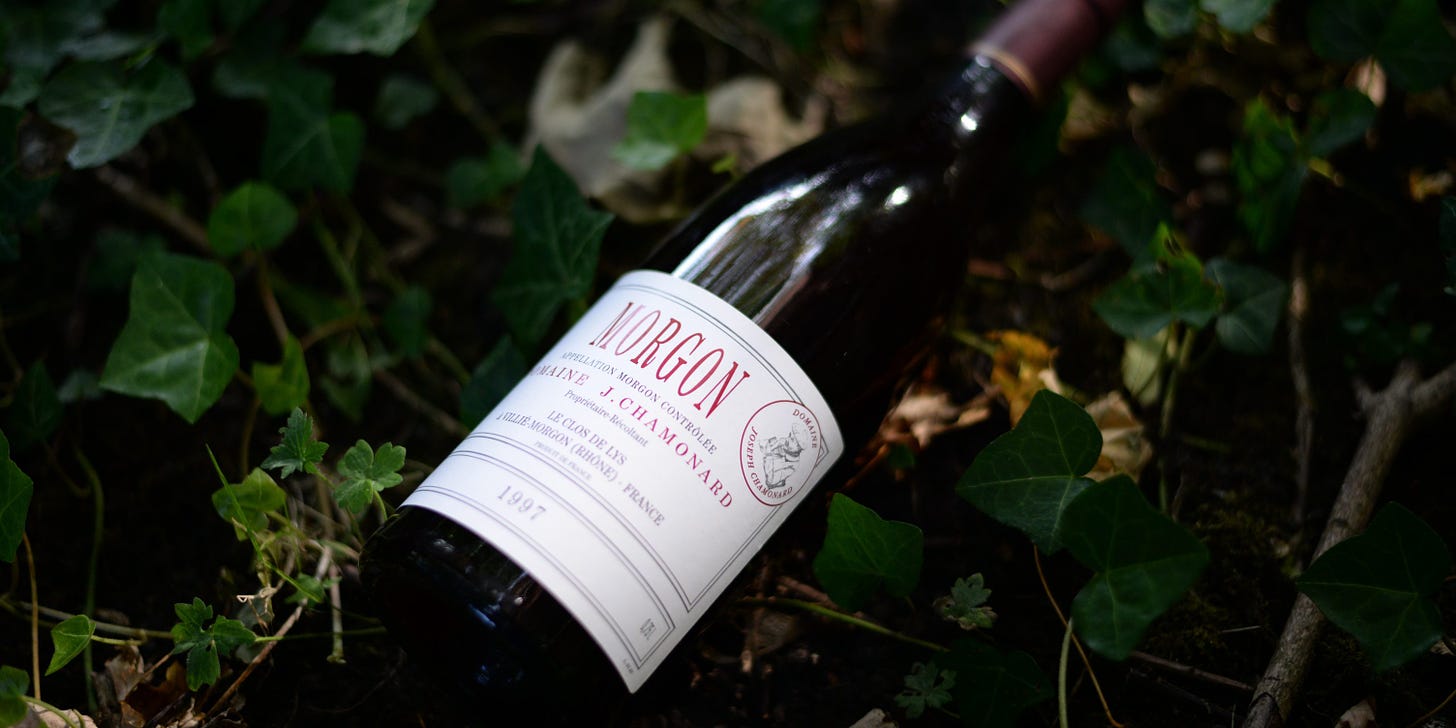Domaine J. Chamonard – Morgon Cru Beaujolais Le Clos du Lys 1997

This is a story about how I first encountered aged Beaujolais Crus – a fabled breed about which many wine lovers speak of with great fondness. My first entrée into the enthusiasm that surrounds this particular libation came courtesy of Stéphane Drieux on Vivino. I was enticed by claims that Gamay could approach the transcendence of Burgundian Pinot Noir…
Keep reading with a 7-day free trial
Subscribe to The Morning Claret to keep reading this post and get 7 days of free access to the full post archives.


